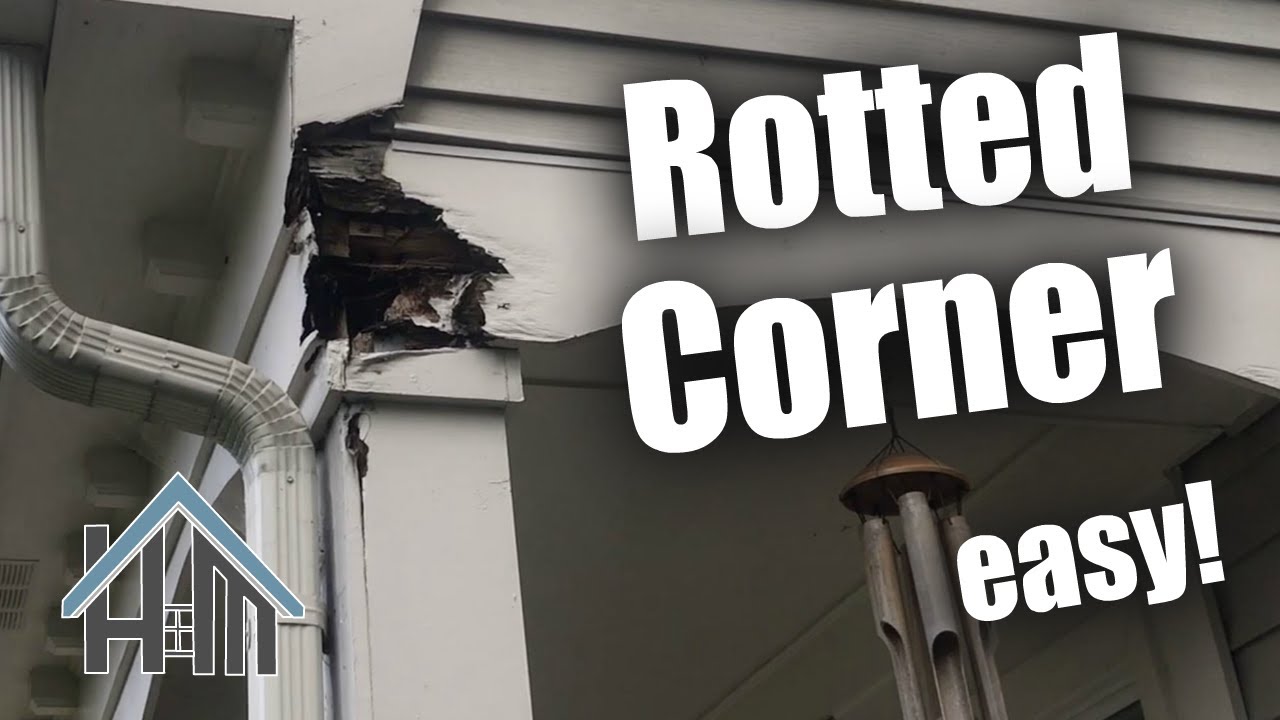
Garage Doors and Parts – Fixing rotted trim is an essential part of maintaining the beauty and functionality of your door. Trim around doors often faces constant exposure to moisture and weather, which causes wood to rot over time. When trim deteriorates, it not only looks unattractive but can also compromise the structural integrity of the door frame. Repairing or replacing rotted trim helps prevent further damage and enhances curb appeal. This article explores simple and practical steps you can take to fix rotted trim effectively, whether you are a DIY enthusiast or prefer to hire a professional.
The first step in fixing rotted trim is to accurately identify the affected areas. Rotted trim typically appears discolored, soft, or crumbly when touched. Signs such as peeling paint, swelling, or gaps between the trim and wall also indicate damage. It is important to assess the extent of rot carefully. Minor surface rot can be repaired without removing the entire trim, but severe damage requires full replacement. Using a screwdriver or chisel, gently probe the wood to check how deep the rot extends. Proper diagnosis helps determine the right repair method and materials needed.
“Read about: Garage Makeover on a Budget: Top Picks Under $30”
Successful repair depends on having the right tools and materials. For small repairs, wood filler or epoxy putty works well to fill damaged areas. For larger replacements, new trim boards, nails, a pry bar, saw, and paint are essential. Additionally, safety gear such as gloves and safety glasses should be worn during the repair process. Before starting, gather all necessary supplies to avoid interruptions. Selecting quality wood or composite trim that resists moisture will increase the repair’s durability. Preparation sets the foundation for a smooth and effective fix.
Fixing minor rot usually involves cleaning the area, removing damaged wood, and applying filler. First, scrape away loose paint and decayed material with a putty knife. Sand the surface to create a smooth base. Then, apply wood hardener to strengthen the remaining wood fibers. After drying, use wood filler or epoxy to fill gaps and rebuild the shape. Multiple layers may be needed for deep damage, allowing each to dry fully. Finally, sand the repair to match the surrounding trim and apply primer and paint. These steps restore the trim’s appearance and protect it from future moisture.
“Read more: World Day Against Child Labour 2025: A Global Call to End Exploitation”
When rot compromises the structural integrity, replacing the trim becomes necessary. Begin by carefully removing the old trim using a pry bar and hammer, taking care not to damage adjacent walls or siding. Measure the length and profile of the removed trim to find a matching replacement. Cut the new trim to size and fit it securely with nails or screws. Caulk the edges to seal gaps and prevent water infiltration. Once installed, prime and paint the new trim to blend seamlessly with existing finishes. Proper installation ensures a clean, polished look and long-lasting protection.
Taking steps to prevent trim rot extends the life of your door’s exterior components. Regularly inspect trim for early signs of damage, especially after heavy rain or snow. Maintain a good paint or sealant layer, as it acts as a moisture barrier. Installing drip edges or flashing helps divert water away from vulnerable areas. Avoid planting bushes or vegetation too close to the trim, as they can trap moisture. Proper ventilation around the door frame reduces humidity buildup. By following these preventive practices, costly repairs can be minimized and your home’s exterior appearance maintained.
Maintaining door trim offers multiple benefits beyond aesthetics. It helps preserve the door frame’s strength and prevents structural issues caused by moisture intrusion. Well-maintained trim improves insulation, reducing drafts and energy loss. It also enhances your home’s curb appeal, adding value and attractiveness. In addition, timely repairs reduce the risk of pest infestations that thrive in damp, rotted wood. Overall, investing time and effort in trim care contributes to a safer, more comfortable, and visually appealing home environment.
This website uses cookies.